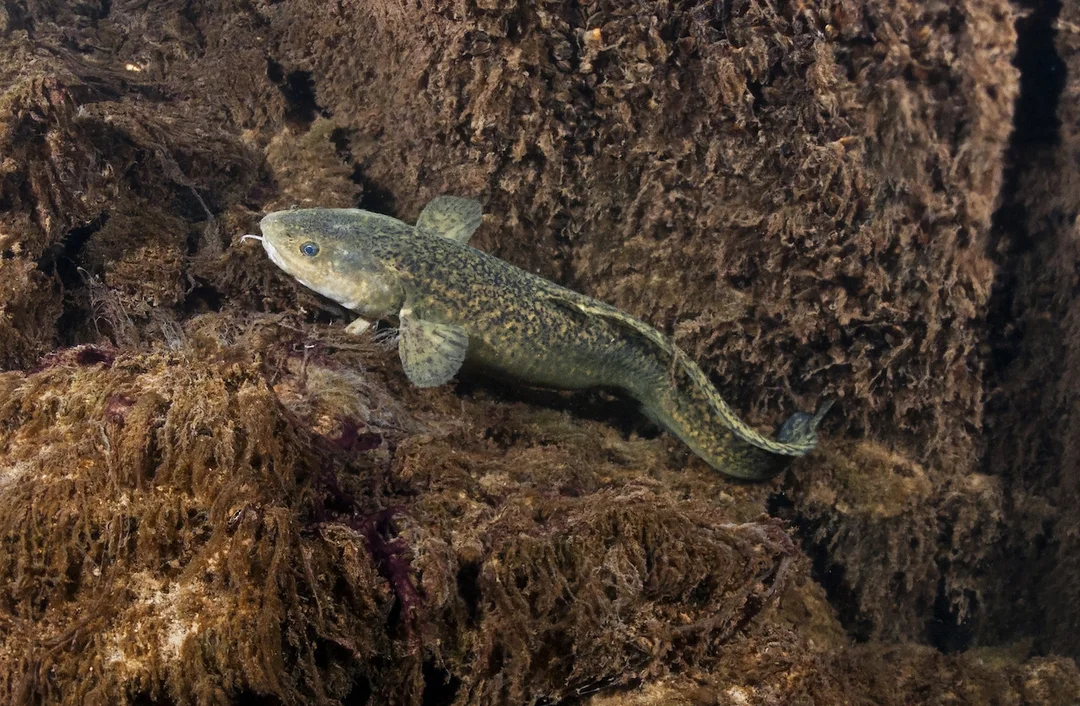
New York’s Endangered Fish Species List Updated: A Wake-Up Call for Conservation
In a landmark move, the New York State Department of Environmental Conservation (DEC) has updated its list of endangered species for the first time since 1999. This crucial update has added 16 fish species to the roster of those in peril, underlining the pressing need for conservation efforts in the Empire State.
Among the newly designated species are the gravel chub, mud sunfish, and lake chubsucker, which all reflect the challenges faced by aquatic life in New York. Some of these fish, like the lake chubsucker, haven't been spotted locally since before World War II. Meanwhile, others, such as the burbot, now face dire threats due to climate change. According to Lisa Holst, a rare fish biologist at DEC, "Burbot are a cold-water species, and places like Oneida Lake now get very, very warm in the summer and remain warm through the winter." The history of this species in the state, once discarded as a "trash fish," is a poignant example of how environmental shifts can ravage once-thriving populations.

Not all news is bleak, however. Three fish species have been removed from the list due to recovery, showcasing the potential for conservation success. The improvement of water quality, habitat protection, and focused fish stocking efforts have driven these positive outcomes. "We can try to improve the habitat itself," Holst notes, highlighting the proactive roles that conservation agencies can play.
The DEC also emphasizes the complexity of ecosystems; losing even seemingly minor fish species can lead to significant repercussions, such as harmful algal blooms, which affect water quality and aquatic life. Holst underscores, "We’re protecting these things for the people of New York. We’re the trustees of these resources that are here for you today, but also for your children and your children’s children." This statement serves as a reminder that conservation is not just for the present but for generations to come.

The updated list represents just one element of a broader series of regulations that aim to safeguard New York's biodiversity. With comprehensive assessments based on historical and contemporary data from various stakeholders, the DEC is set to reinforce protective measures for all native species.
As this essential update raises awareness, we must ask ourselves: How can we contribute to the conservation efforts in our local ecosystems? Join the conversation in the comments below, and let's discuss how we can help protect New York's precious aquatic wildlife.